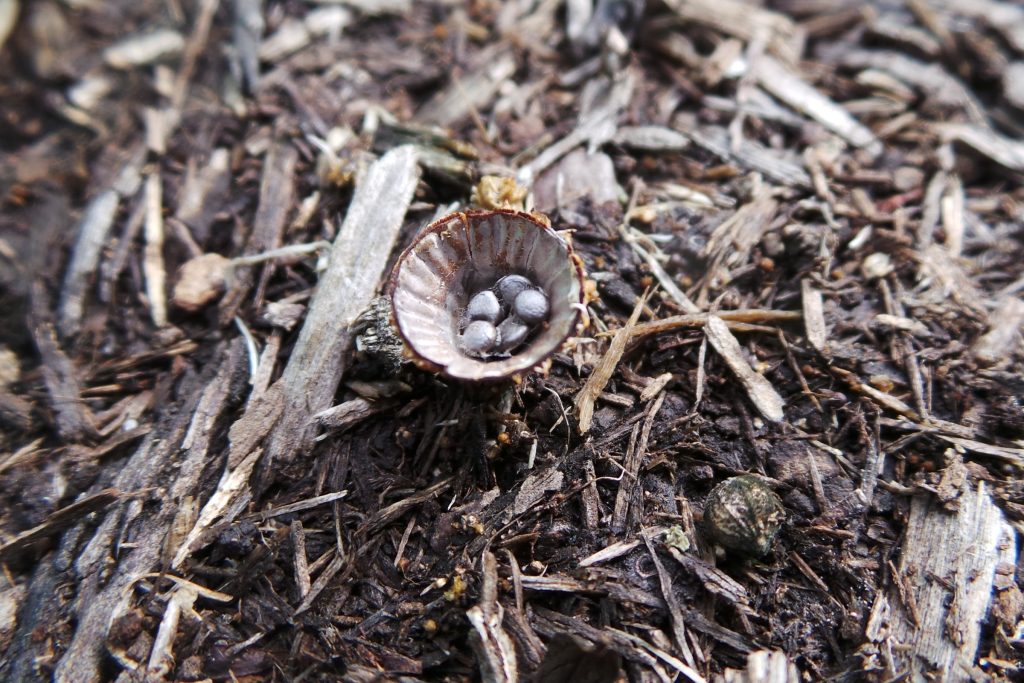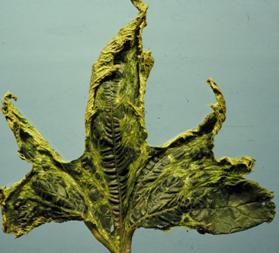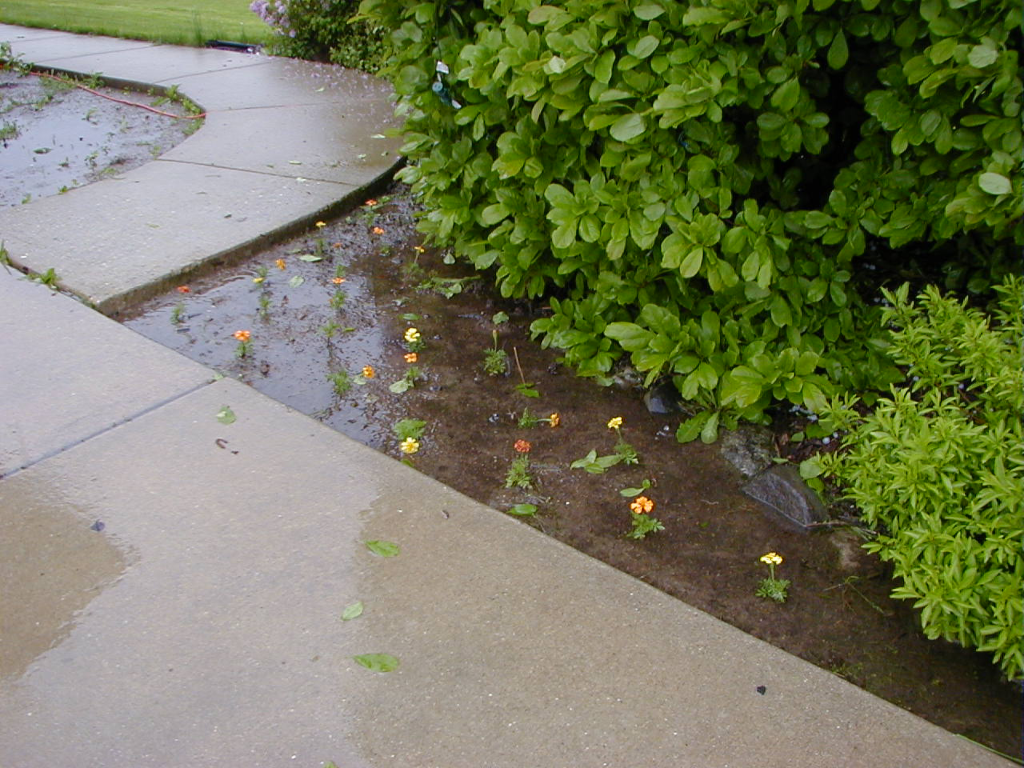Small Fruits

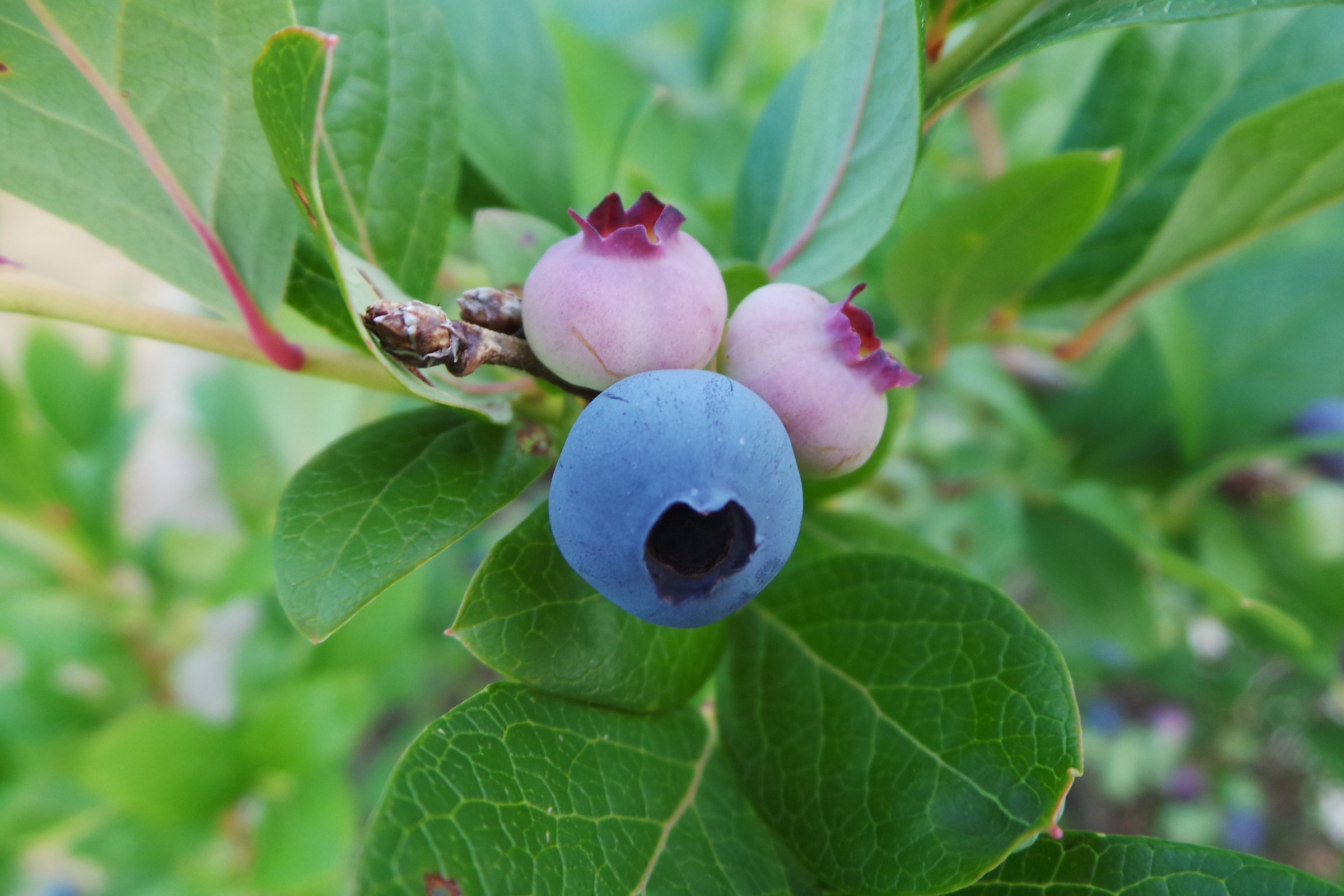
Small Fruits
Small fruits are low-growing perennial plants such as shrubs, brambles, or herbs that bear edible fruit. Use the guide below to learn more about small fruits in Wisconsin.
Photo above: Blueberry
Small Fruit Videos

Find recorded Extension video programs ranging on topics from fundamentals of shrub pruning to proper tree planting by clicking the button below.
General Small Fruit Resources
Discover a variety of resources on small fruits. Dive into guides, articles, and websites below!
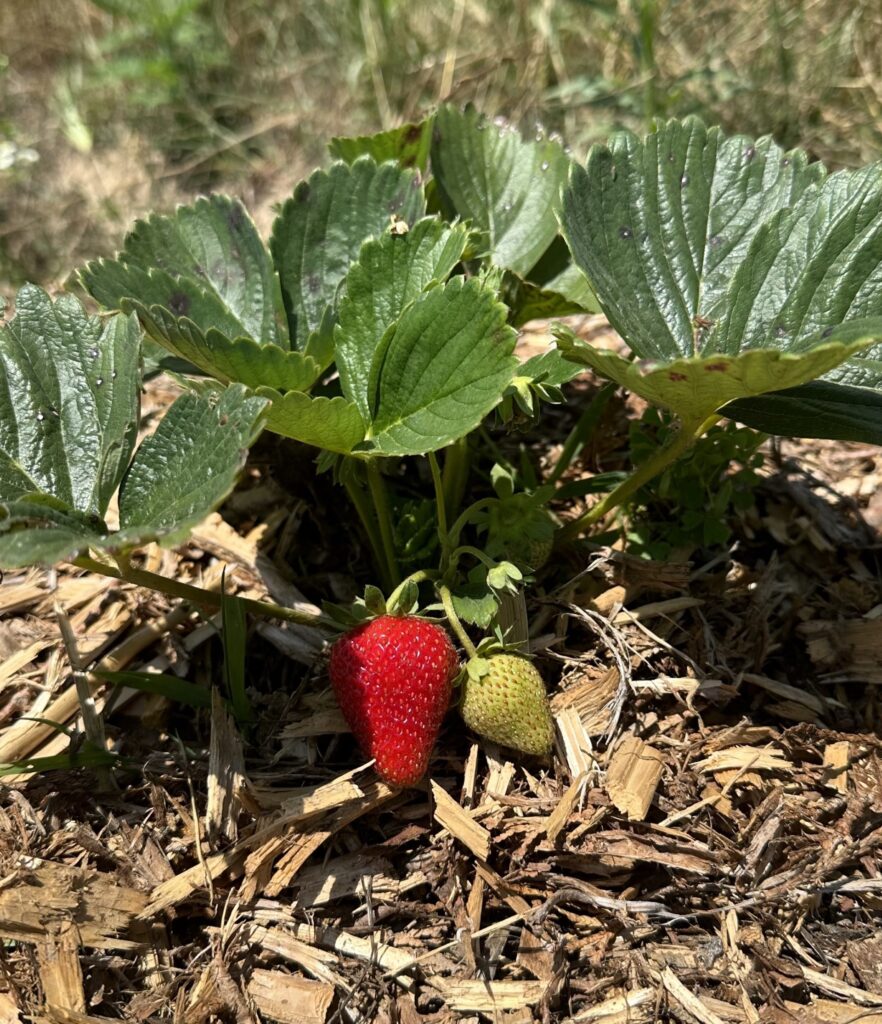
Hardiness Maps
The USDA Plant Hardiness Zone Map is the standard by which gardeners and growers can determine which perennial plants are most likely to thrive at a location.
Commercial Fruit Production
UW Madison has ongoing research programs on commercial apple, berry, cranberry, and grape production.
Wisconsin Fruit Videos
Recorded videos and lectures from UW Madison’s current fruit researchers.
Network for Environment and Weather Applications
A resource for Integrated Pest Management forecasts and weather data from a weather station near you.
Degree Day Calculation
Degree days are a way of incorporating both temperature and time into one measurement to quantify the rate of plant or insect development.
Photo left: Strawberry
Popular Small Fruit Articles
Discover our most popular small fruit articles below!

Growing Blueberries in Containers
Learn the most critical factors for successful blueberry production in this publication.
Growing Currants, Gooseberries, and Elderberries in Wisconsin
Currants, elderberries, and gooseberries are all native to Wisconsin woodlands, fence rows, and fields, often harvested from the wild and are prized for making jams, jellies, pies, and juice.
Growing Grapes in Wisconsin
This manual offers detailed instructions on how to successfully grow grapes in Wisconsin covering the best cultivars for your growing conditions, trellis designs, proper pruning techniques, and disease prevention.
Growing Raspberries in Wisconsin
A variety of raspberries—black, purple, and yellow as well as red—can thrive throughout Wisconsin.
Growing Strawberries in Wisconsin
Strawberries are the most widely grown small fruit crop in Wisconsin. Learn about the growth and fruiting habits of strawberries and how to raise and harvest them successfully.
Photo left: White currant
Articles
Click on each section below to browse a list of categorized articles.
Selection
Planting, Care and Maintenance
Diseases & Disorders
Insects
Other
Submit additional lawn, landscape and gardening questions using our Ask Your Gardening Question form.

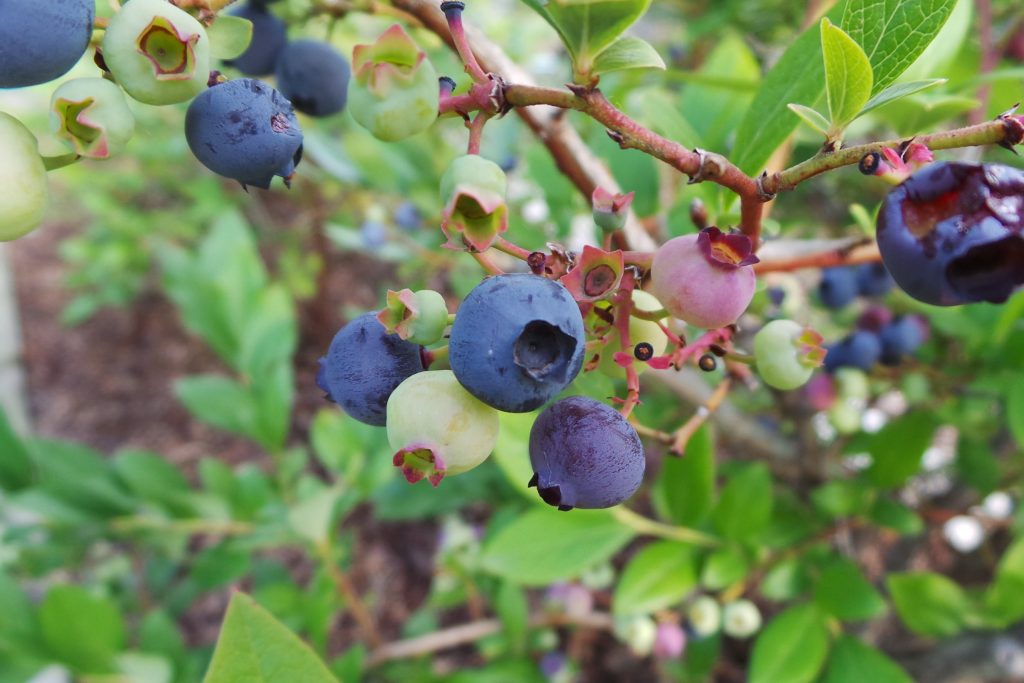
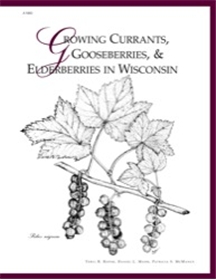

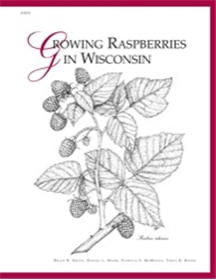
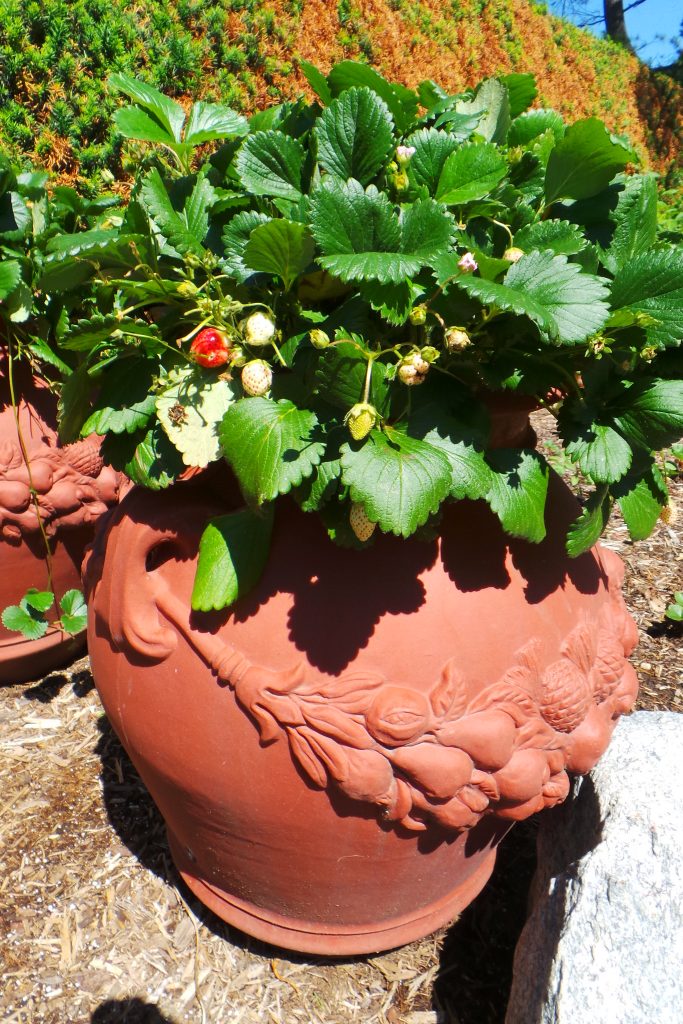
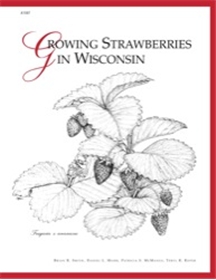
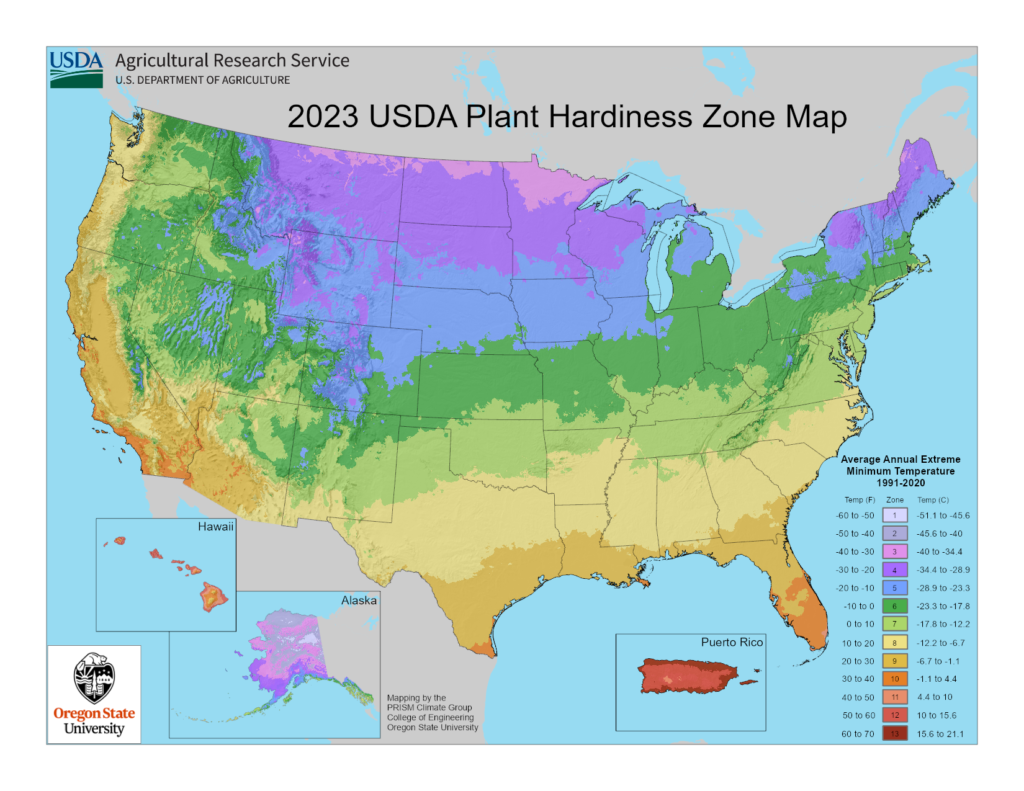

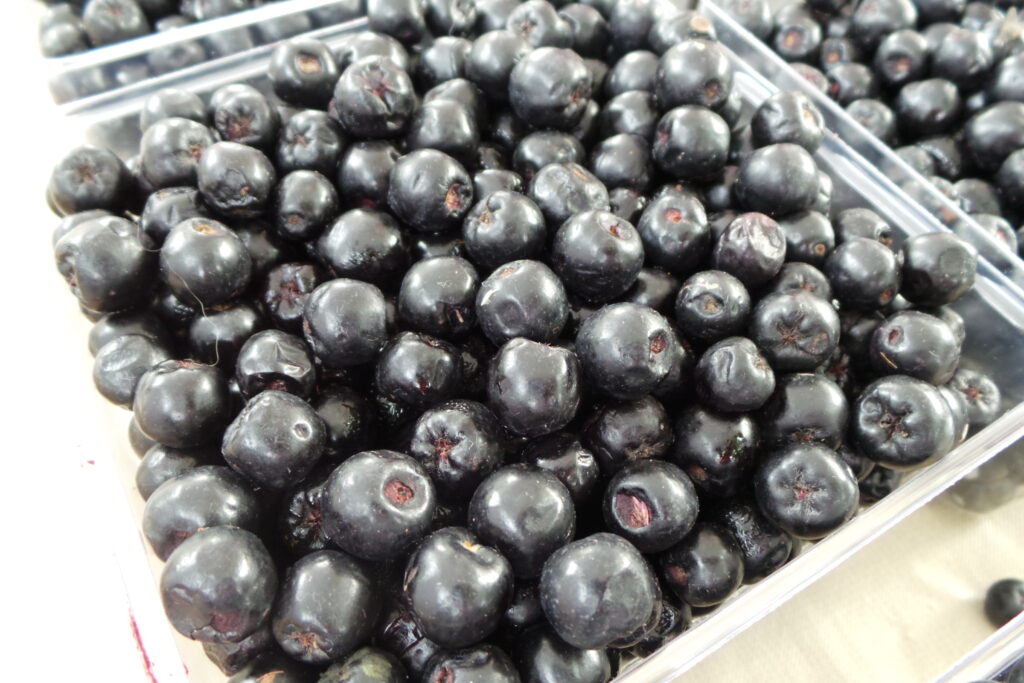
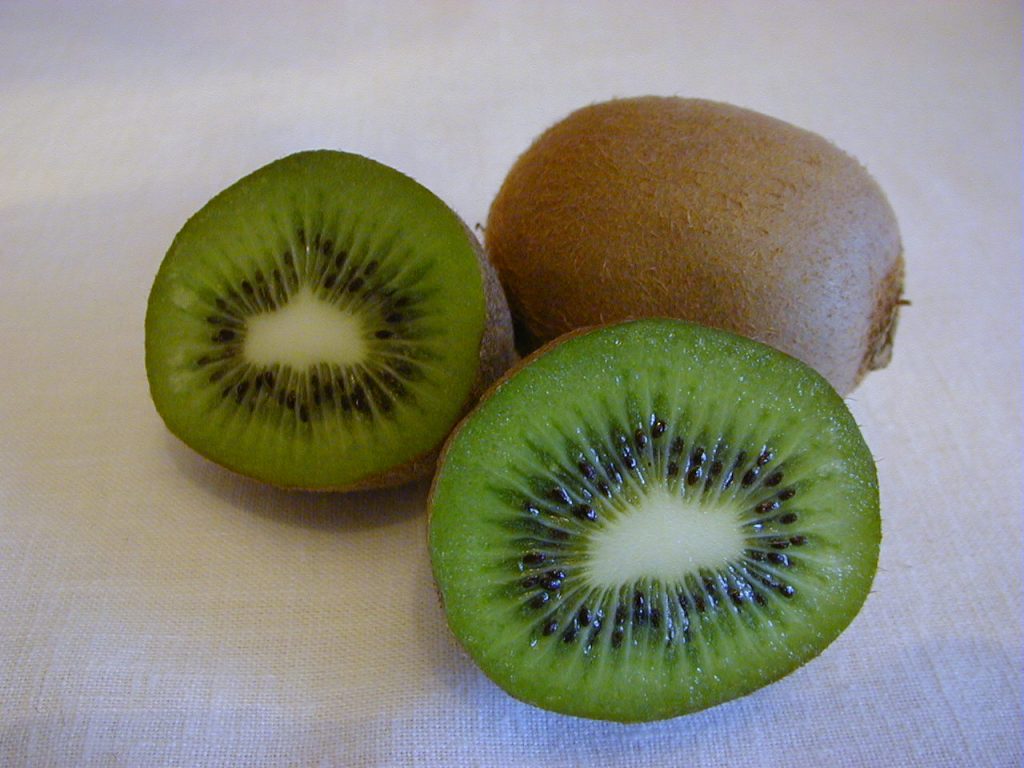 Actinidia spp.’ loading=’lazy’ />
Actinidia spp.’ loading=’lazy’ />
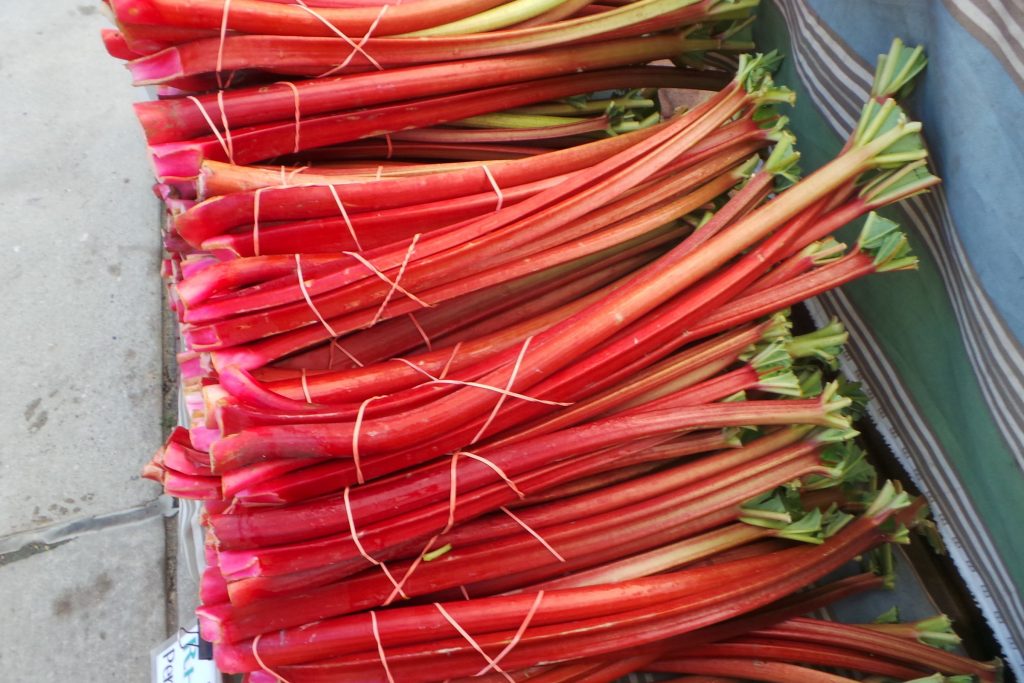 Rheum rhabarbarum‘ loading=’lazy’ />
Rheum rhabarbarum‘ loading=’lazy’ />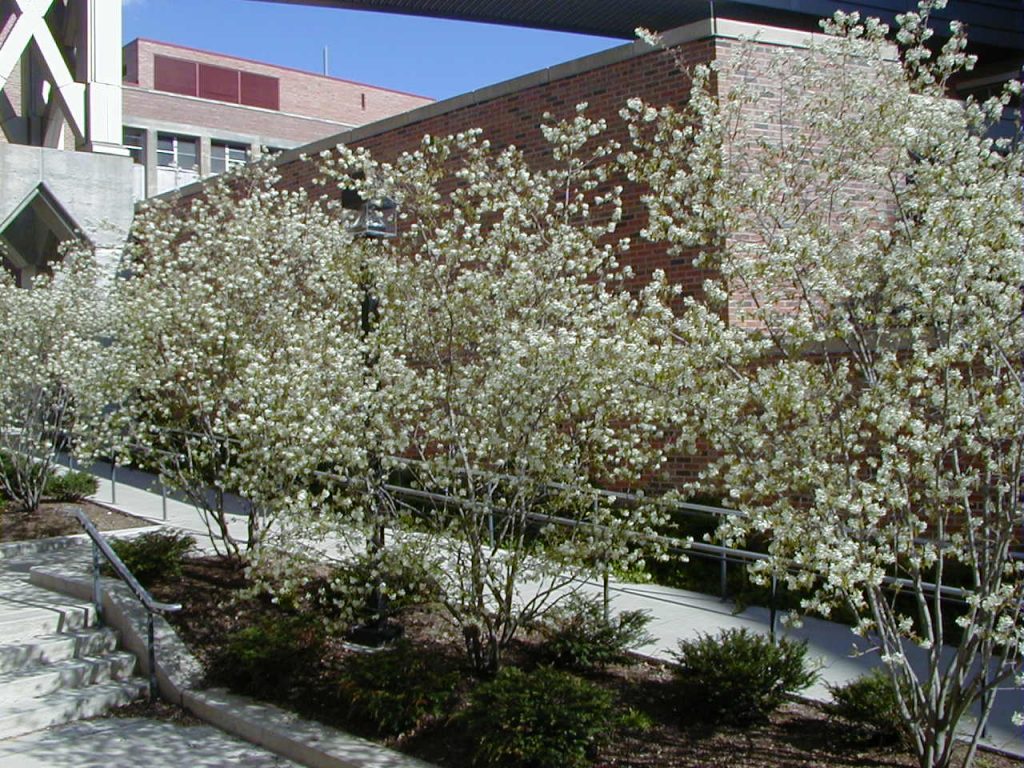 Amelanchier spp.’ loading=’lazy’ />
Amelanchier spp.’ loading=’lazy’ />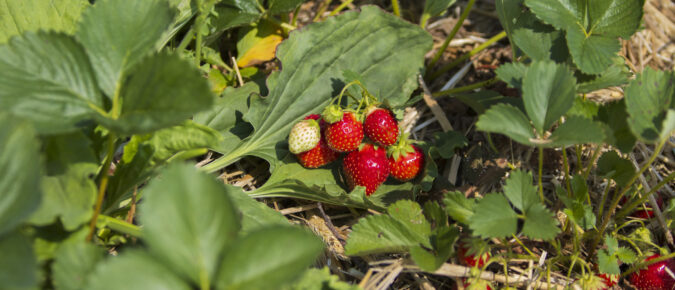

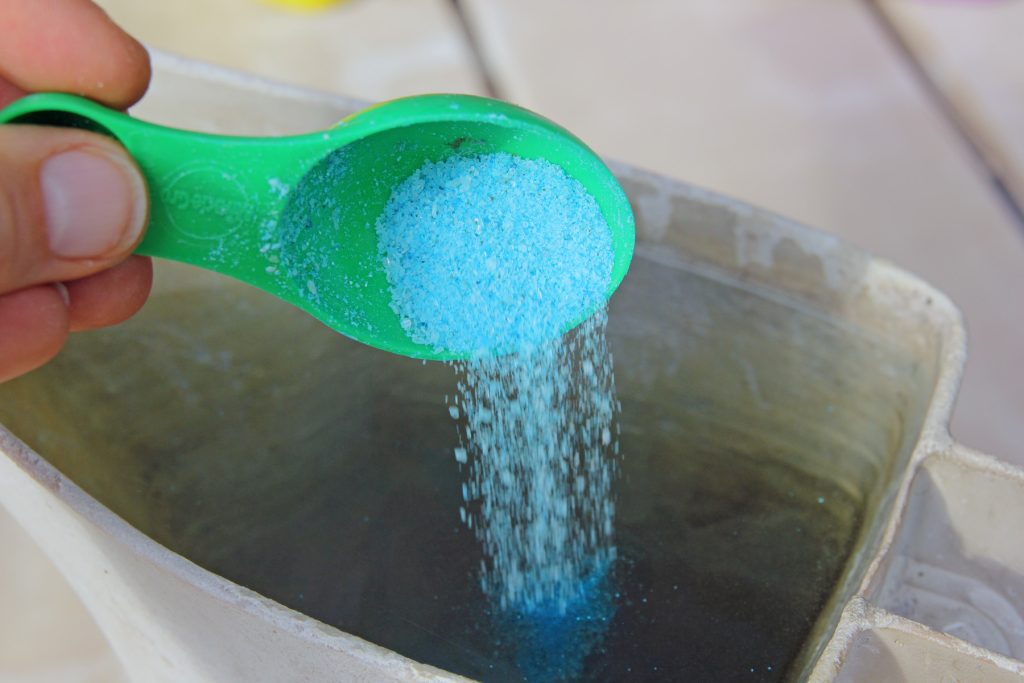
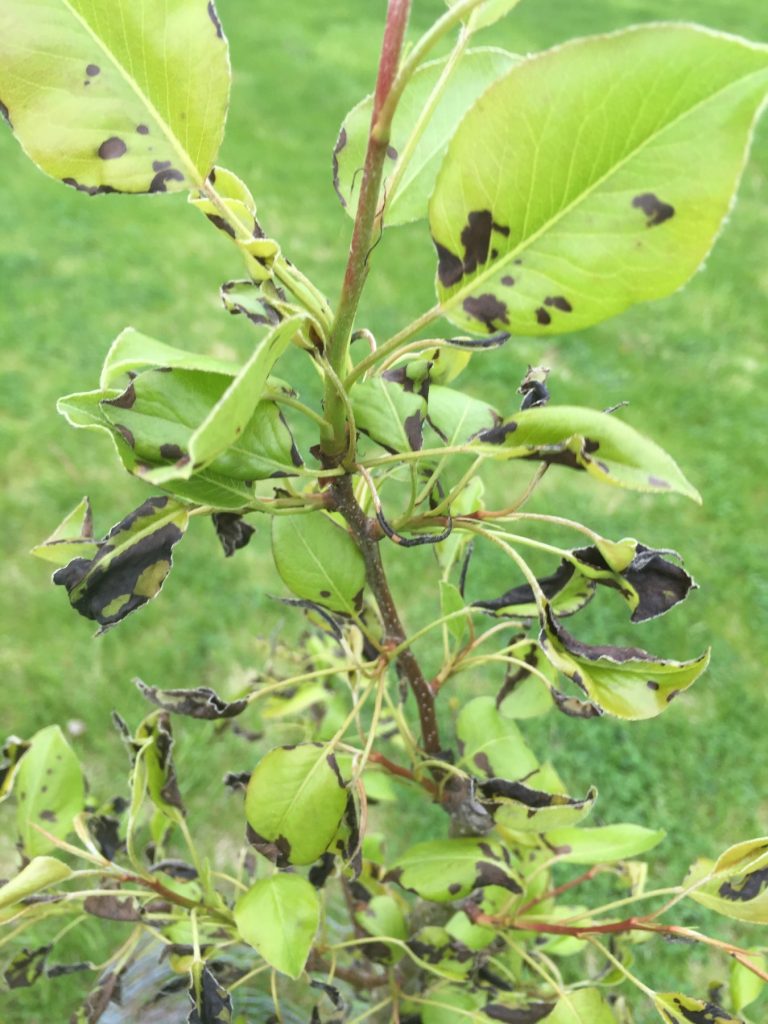
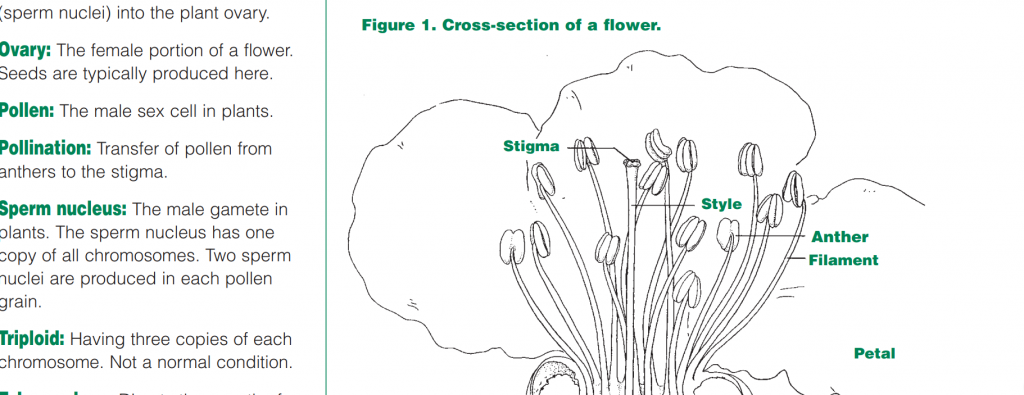
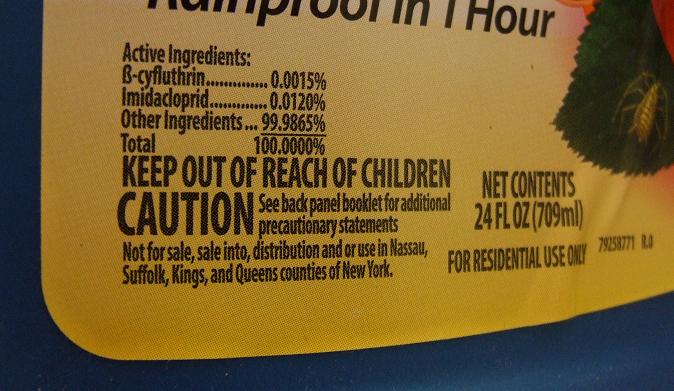
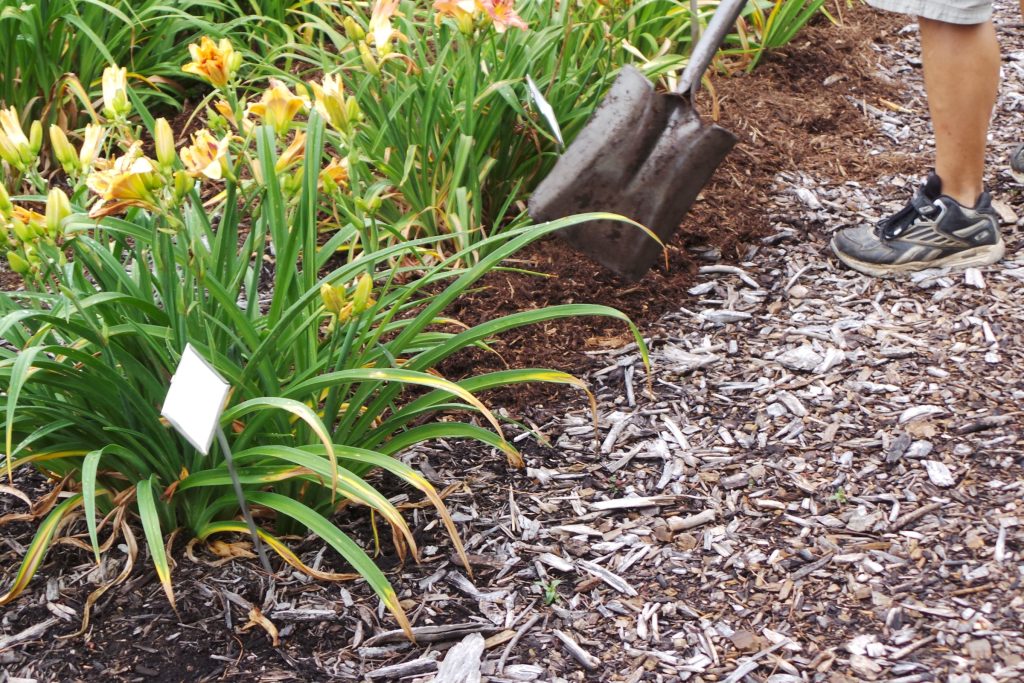

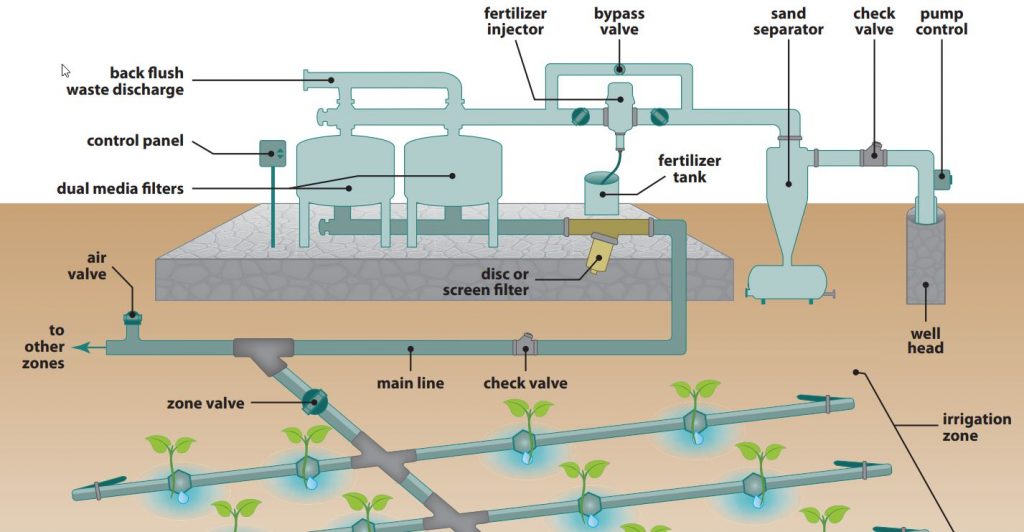
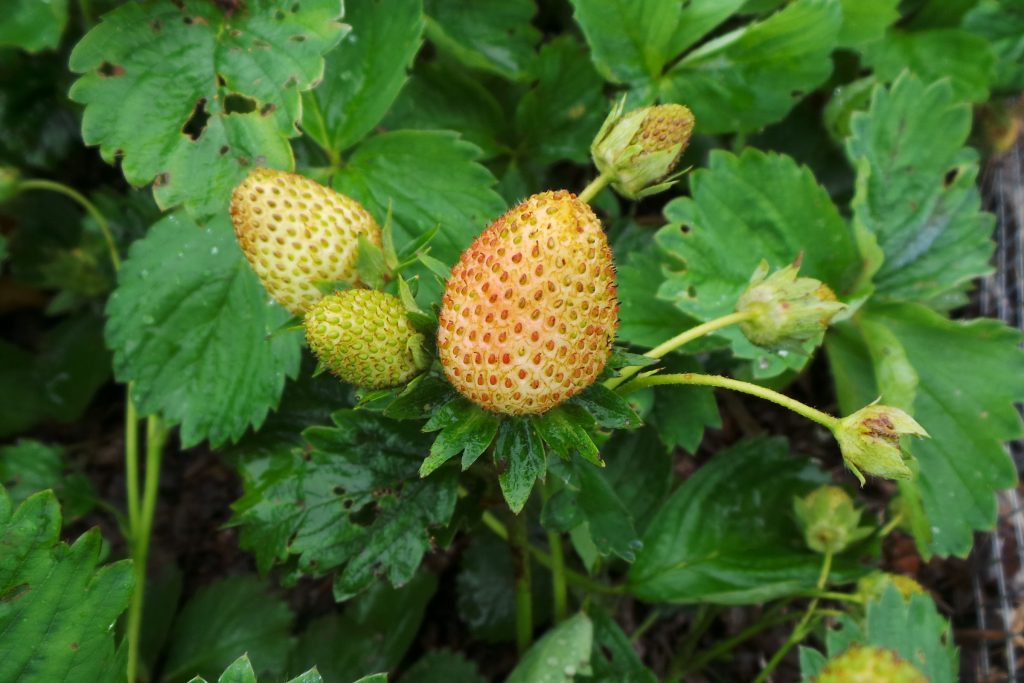
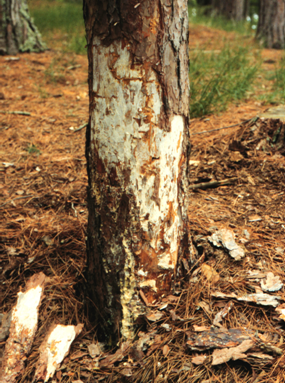
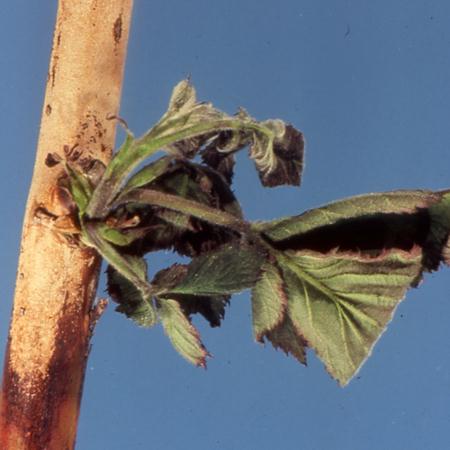

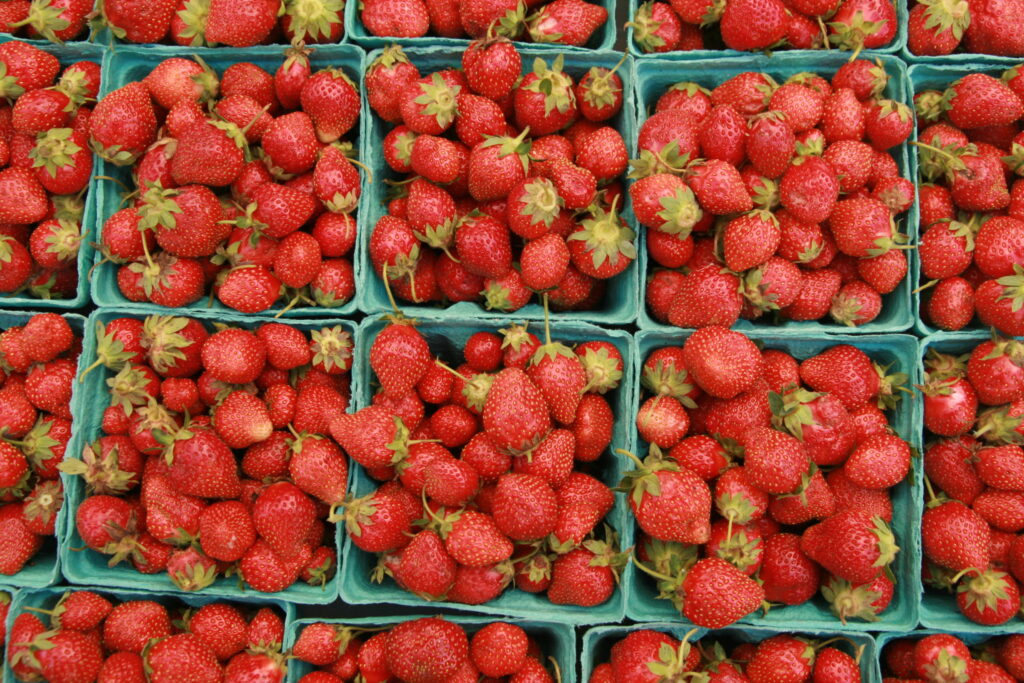
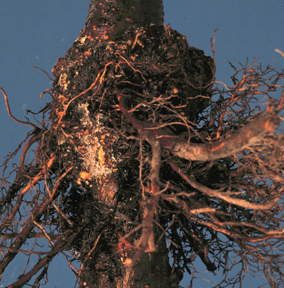

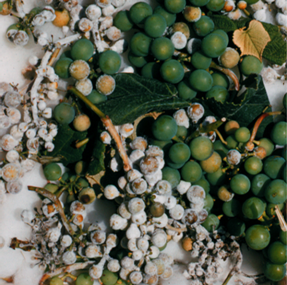

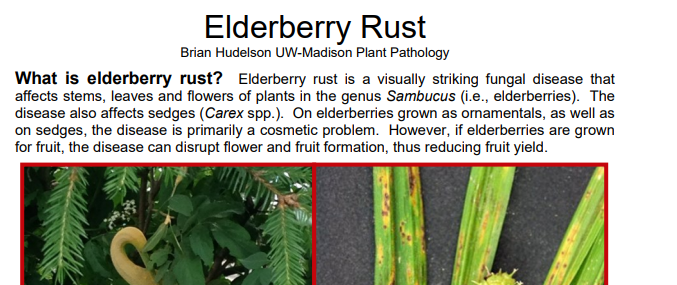
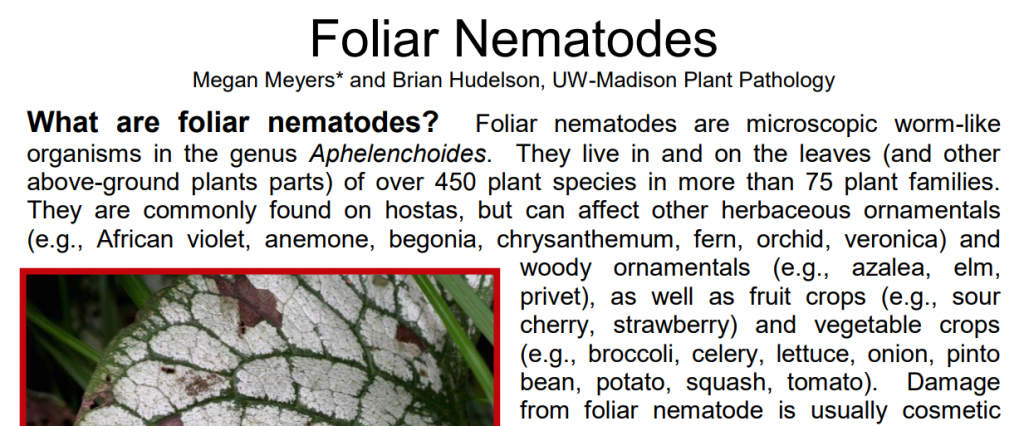

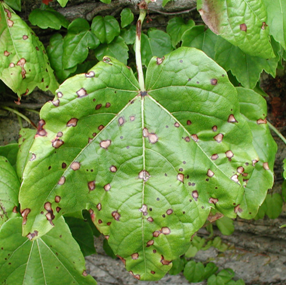

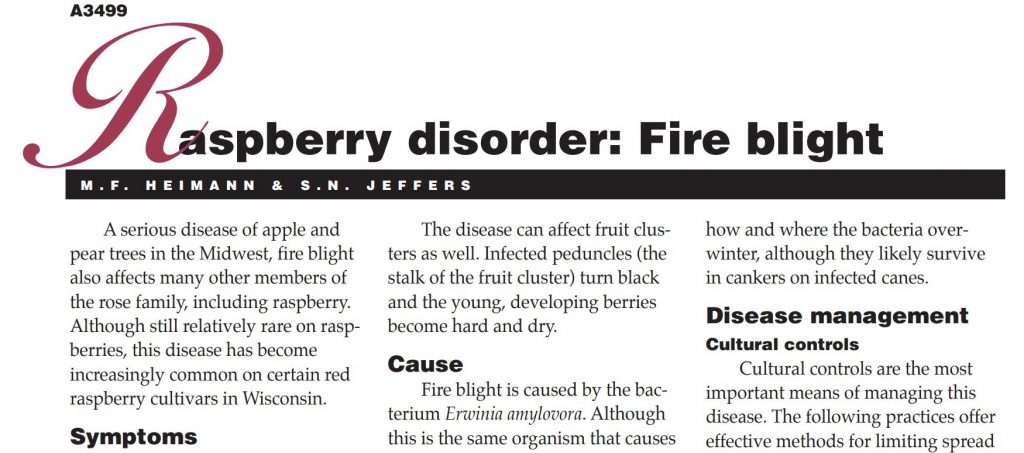

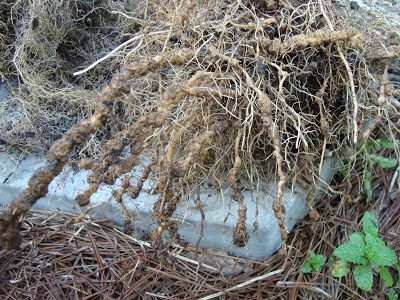
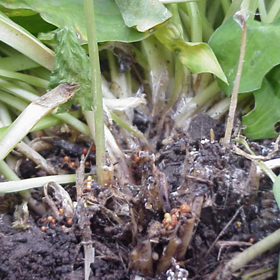
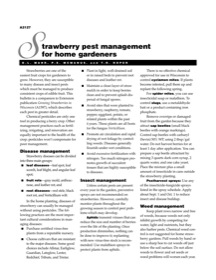
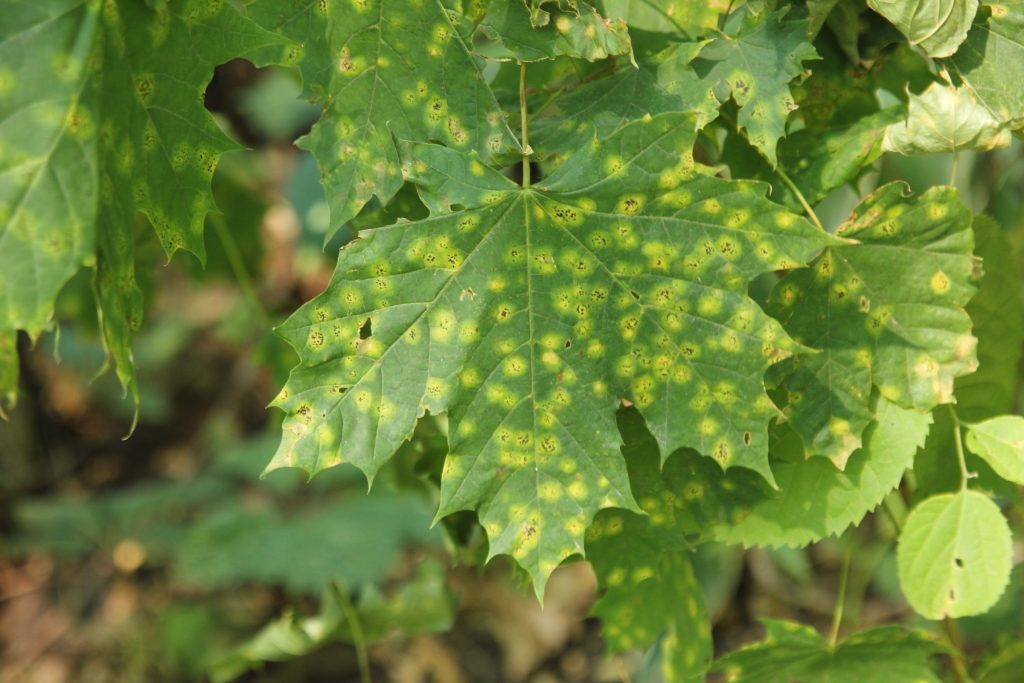
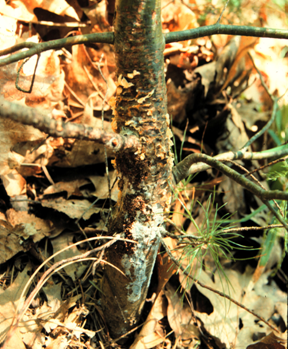

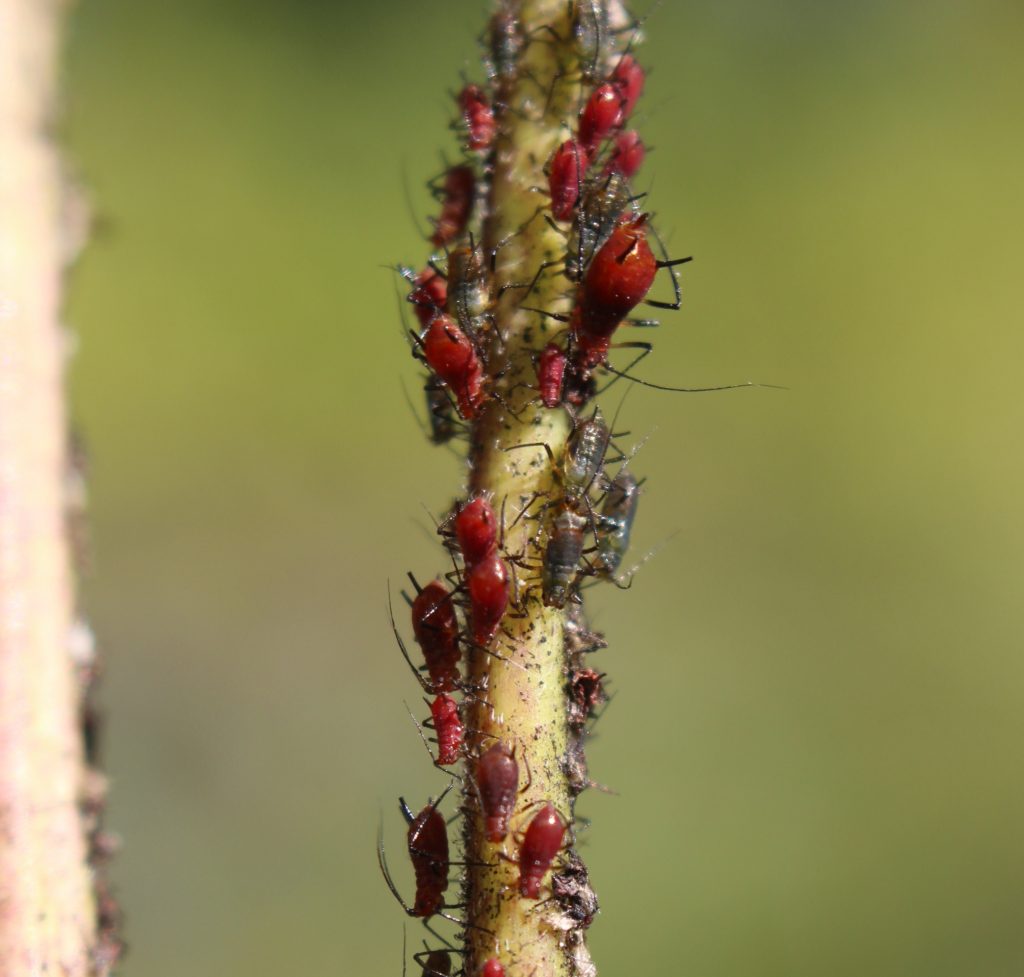
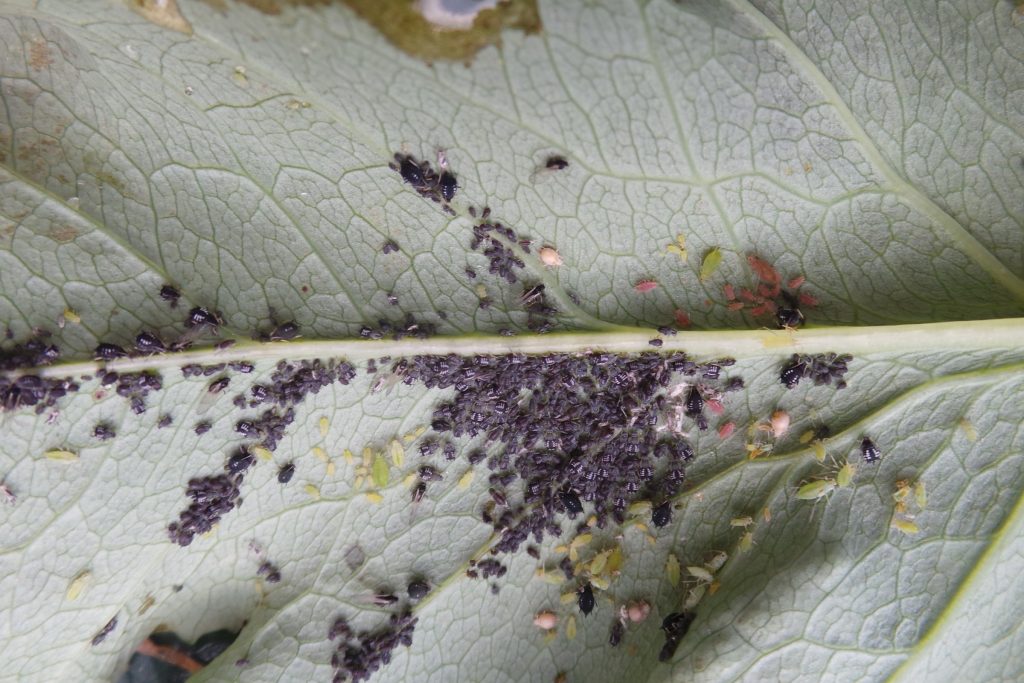
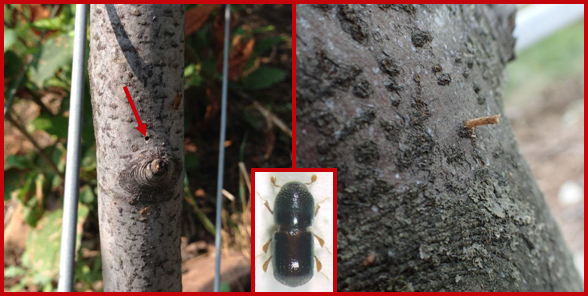
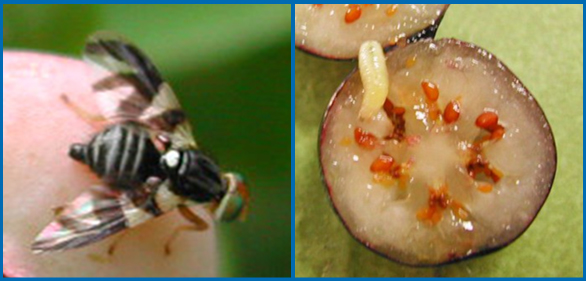
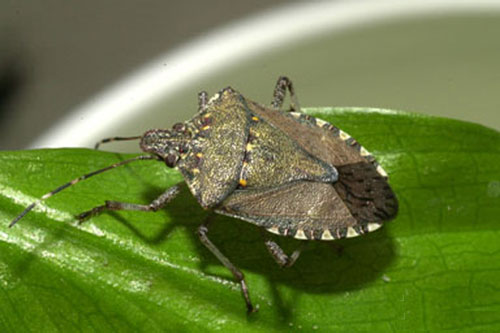

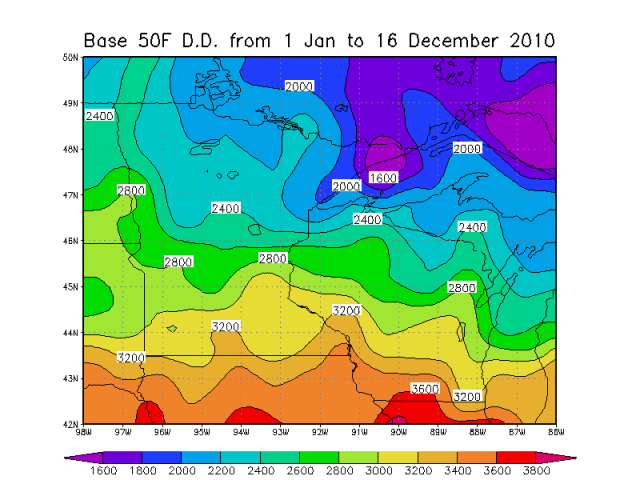
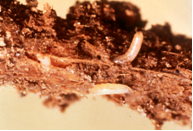
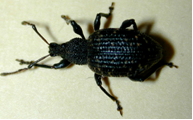
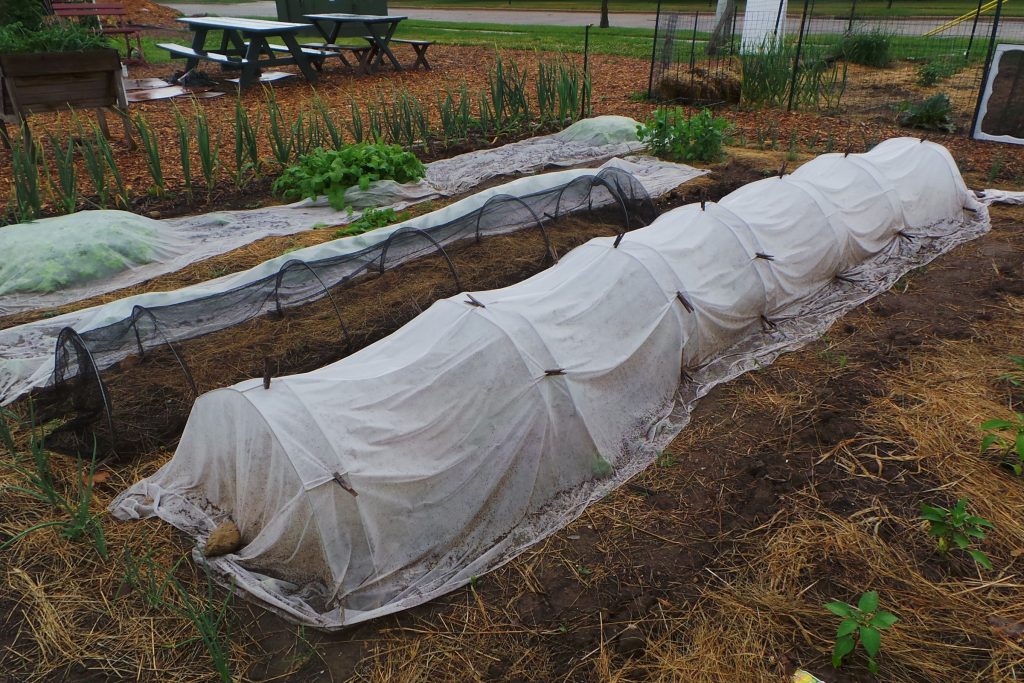


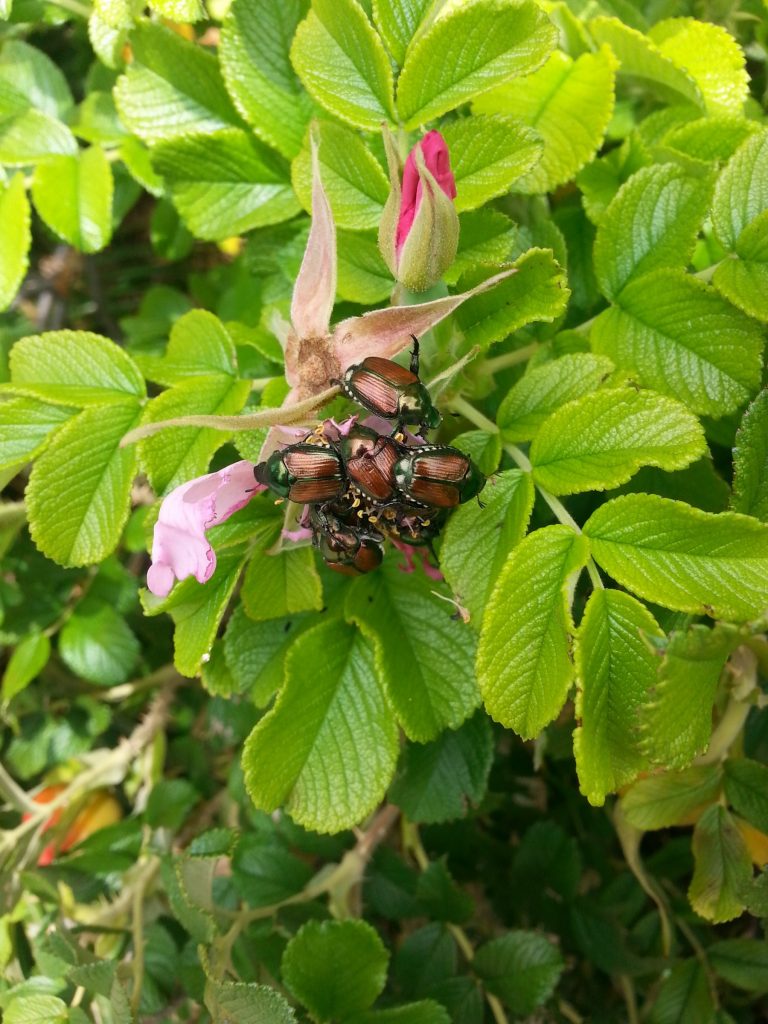
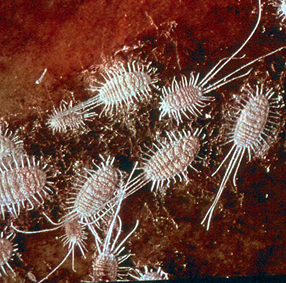
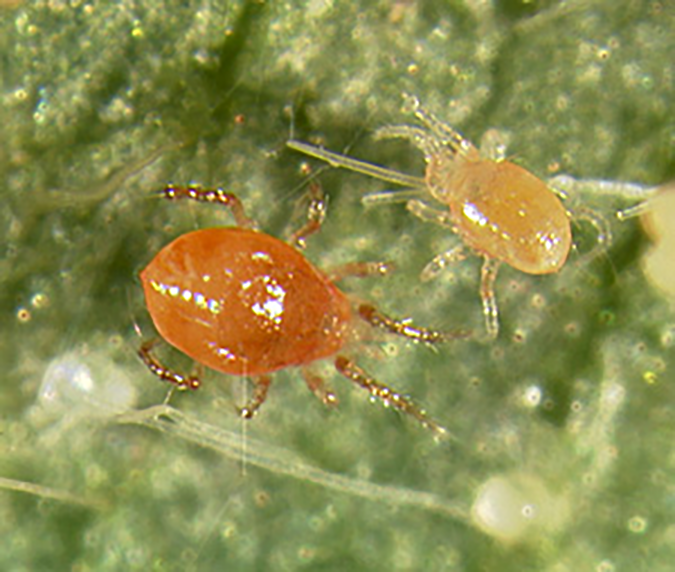
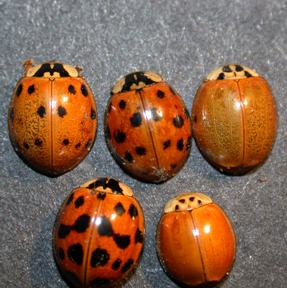
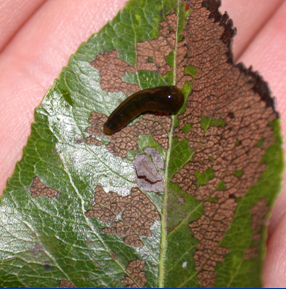

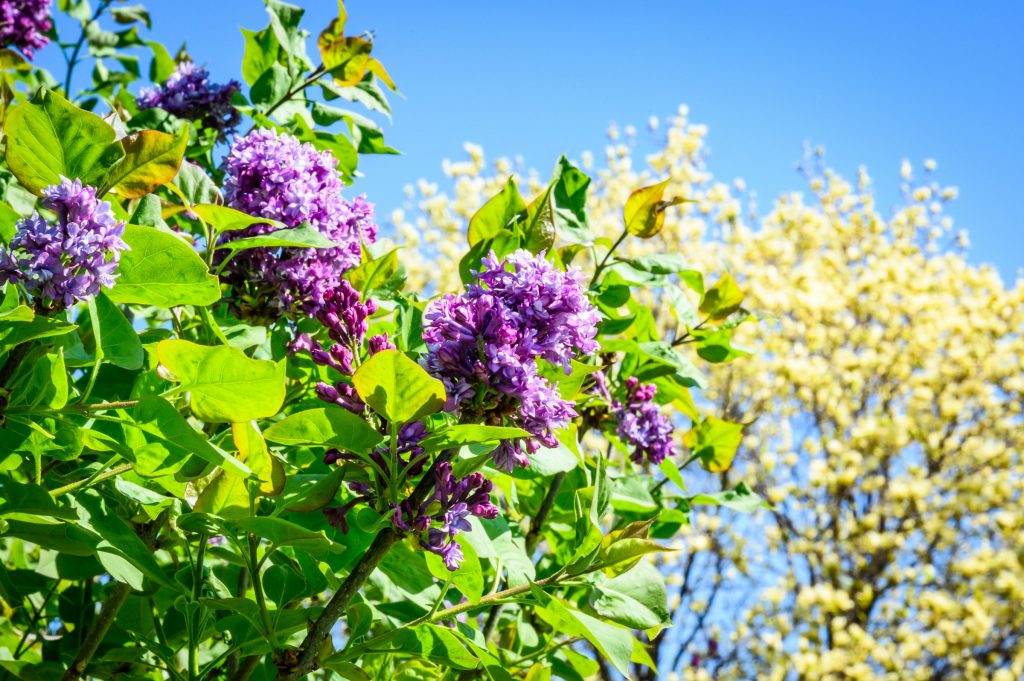
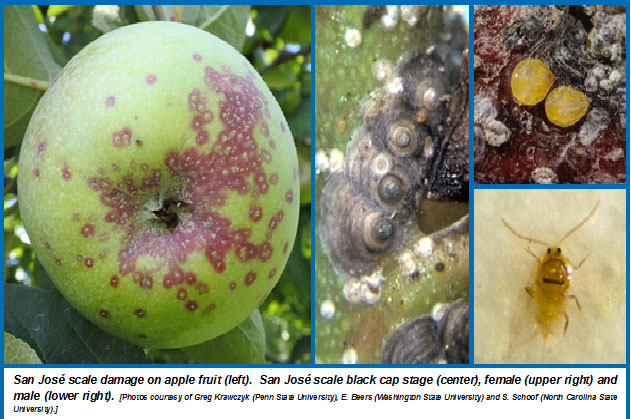
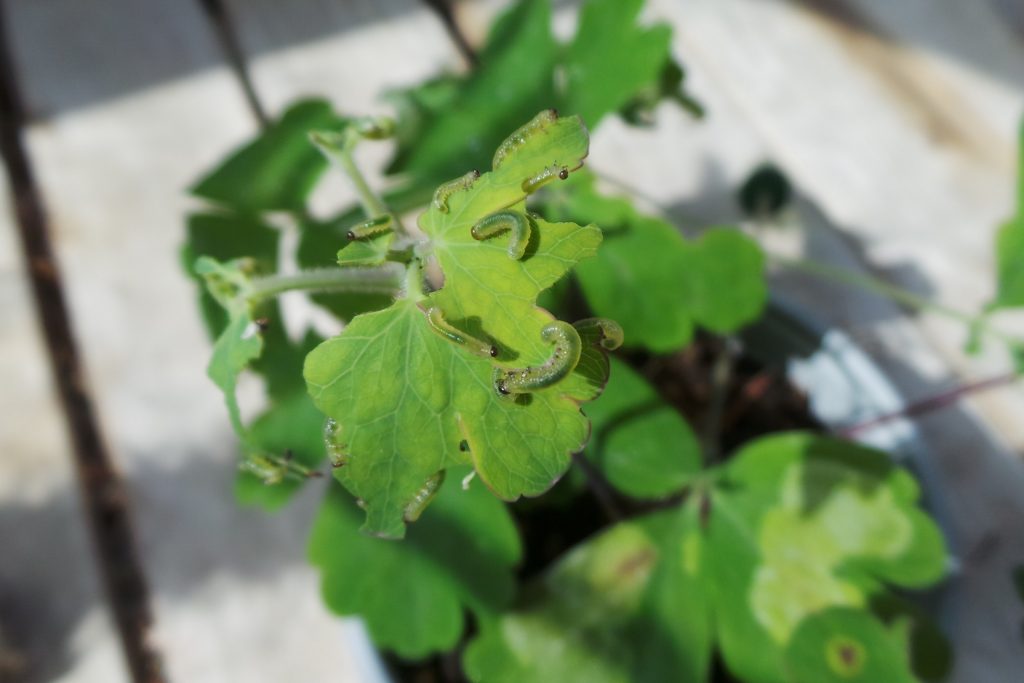
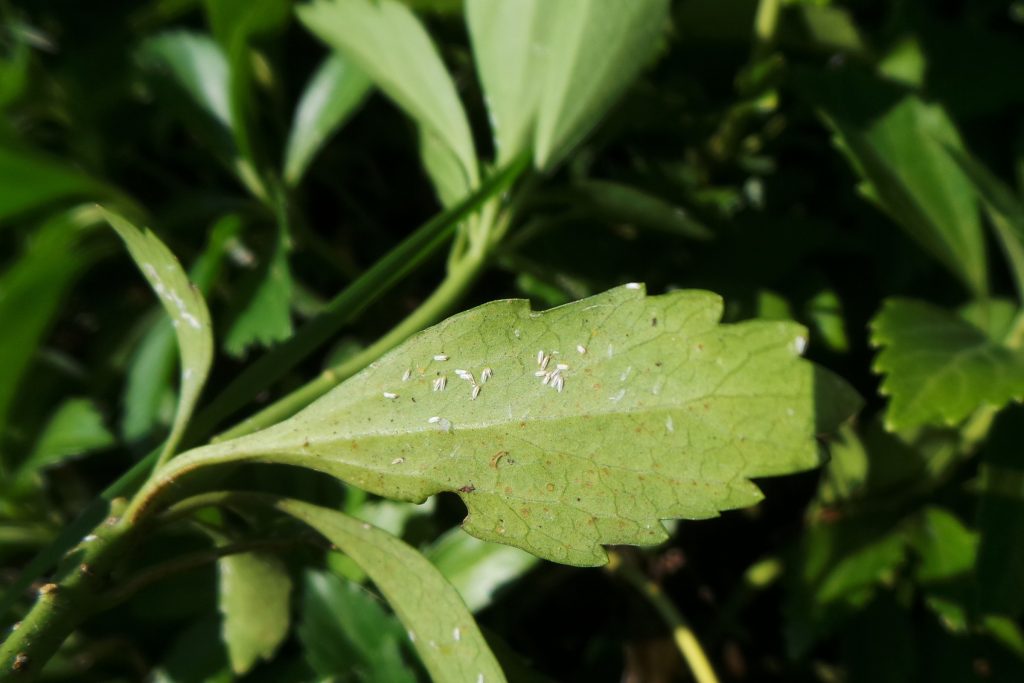
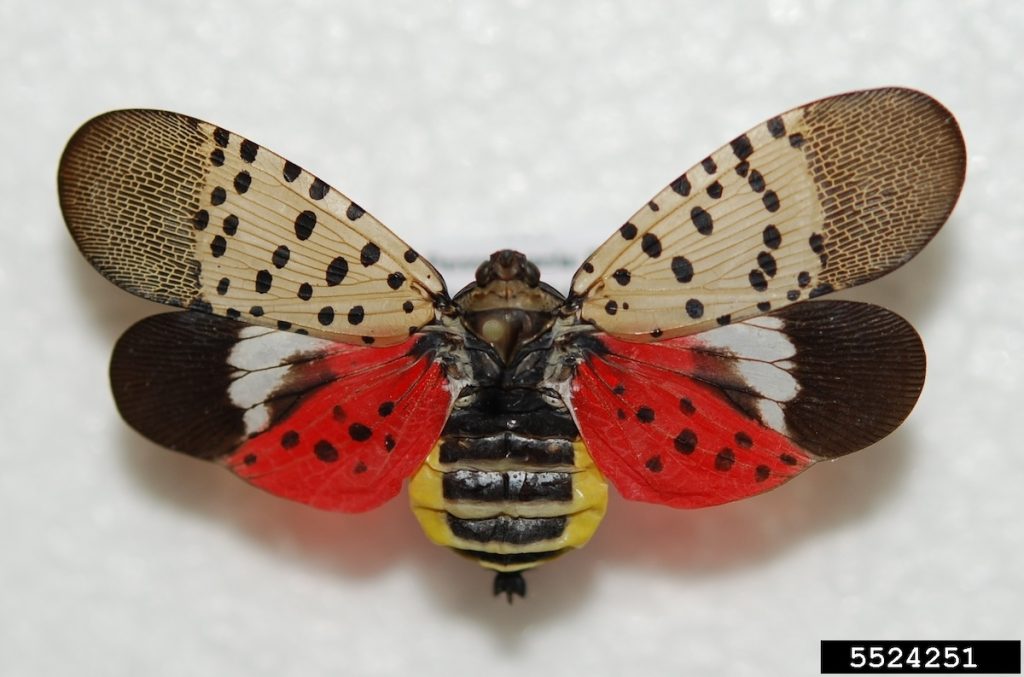

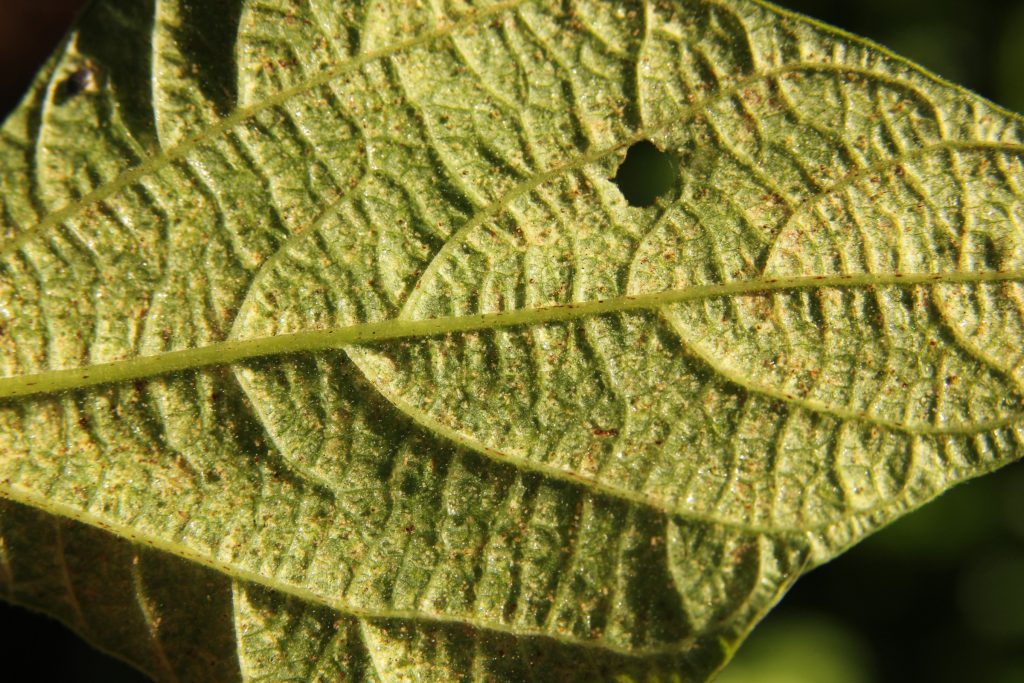 Tetranychus urticae‘ loading=’lazy’ />
Tetranychus urticae‘ loading=’lazy’ />